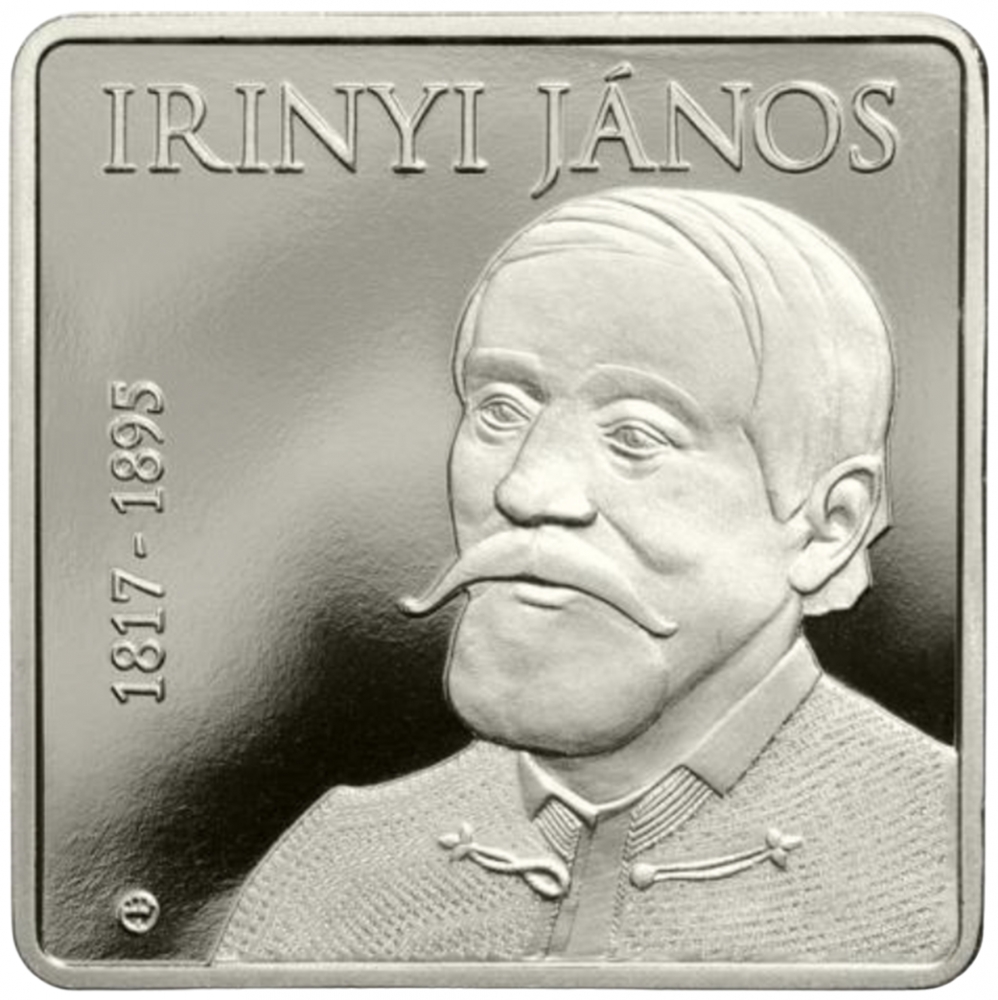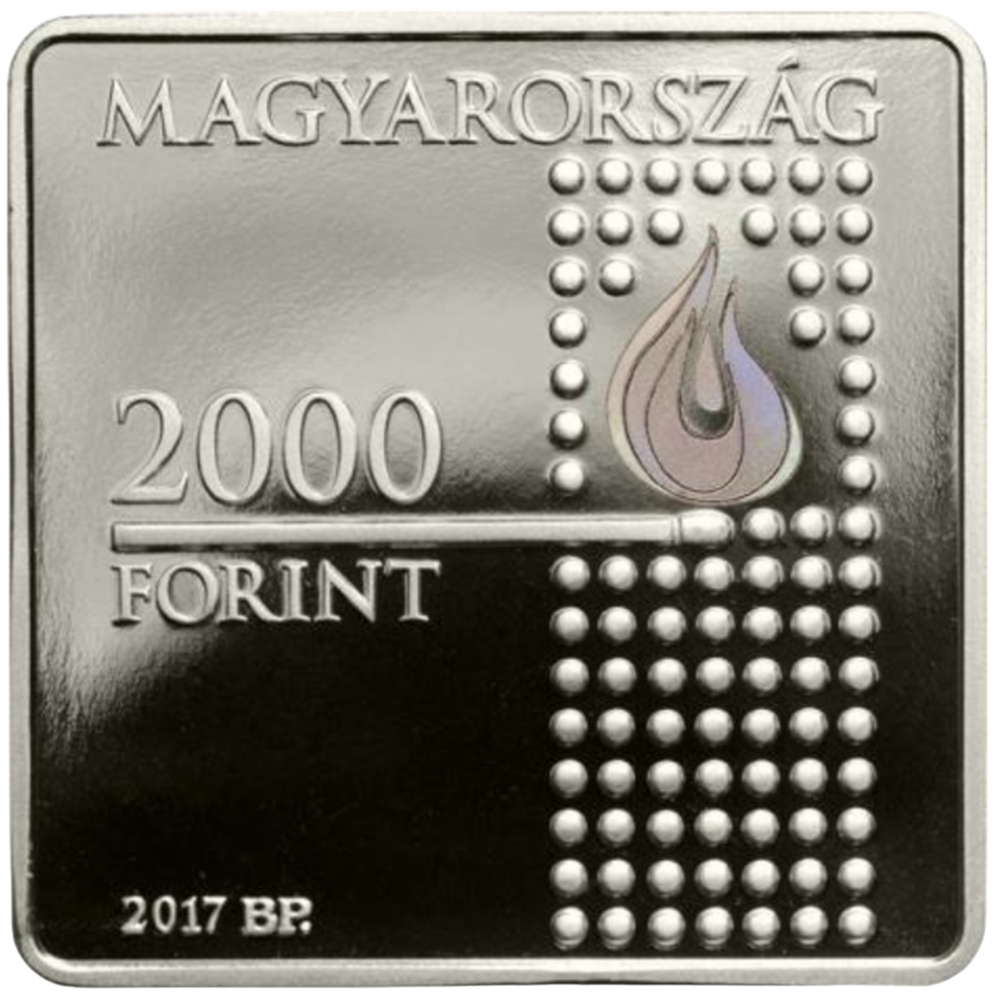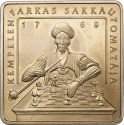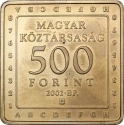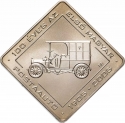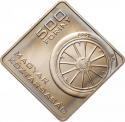You are about to finish your registration. Please check your mailbox (including spam folder). There should be a letter with a confirmation link. Check setting to make sure that your e-mail address is correct.
Send letter againDescription
János Irinyi (1817 – 1895) was a Hungarian chemist and inventor renowned for developing safety matches. He studied at various universities, including the University of Pest and the University of Vienna. In 1836, he invented the noiseless and non-explosive match, a significant improvement over the hazardous matches of the time, using phosphorus sesquisulfide instead of volatile white phosphorus.
In 1838, at age 21, Irinyi published a book on the theory of chemistry, focusing on acids. He also suggested improving Hungarian saline soils with gypsum and founded Hungary's first match factory in Pest in 1839.
During the 1848-49 revolution, Irinyi played a significant political role. Lajos Kossuth entrusted him with overseeing cannon casting, gunpowder production, and state-owned factories. He headed the gunpowder factory in Nagyvárad and was later imprisoned after the revolution's failure. Upon release, he withdrew from politics to concentrate on scientific work. He was also known for drafting the famous 12 points sent to Pest.
Irinyi's invention greatly reduced the risk of accidental fires and explosions from matches, significantly improving public safety and leading to widespread adoption of safer match manufacturing practices.
Engraver: Zoltán Endrődy
Obverse

|
Depicts the portrait of János Irinyi. The texture of the attire is repeated in the inscription "THE INVENTOR OF THE EXPLOSION-PROOF MATCH WAS BORN 200 YEARS AGO," in micro-sized letters. Along the edge, "IRINYI JÁNOS" is inscribed at the top, while on the left side, parallel to the edge, the birth and death years "1817-1895" are placed. The engraver's privy mark is visible on the left edge. IRINYI JÁNOS |
|---|---|
Reverse

|
Depicts a burning matchstick, explosion-proof match flame on the side of a matchbox. The flame of the matchstick alternates with the colors of the rainbow in natural light and shifts with movement. On the left side, separated by a horizontal matchstick along the centerline of the commemorative coin, the denomination and the inscription "FORINT" are visible. Along the edge, "HUNGARY" is written at the top, while at the bottom left, the year of issue "2017" and the mint mark "BP." are placed. In the mint mark, micro-inscriptions become readable under at least tenfold magnification. MAGYARORSZÁG |
| Edge |
2000 Forint
Hungarian Explorers and Their Inventions
Safety Matches by János Irinyi
Subscribe series
KM# 921 Adamo# EM338
Hungarian Explorers and Their Inventions
Safety Matches by János Irinyi
Characteristics
| Type | Commemorative Issue (Non-circulating) |
| Material | Copper Nickel |
| Weight | 14 g |
| Diameter | - |
| Width | 28.4 mm |
| Height | 28.4 mm |
| Thickness | 2.5 mm |
| Shape |
|
| Alignment | Medal |
| Mint |
Budapest Mint (BP)
|
Related coins
Hungarian Explorers and Their Inventions
Hungarian Explorers and Their Inventions
Hungarian Explorers and Their Inventions
